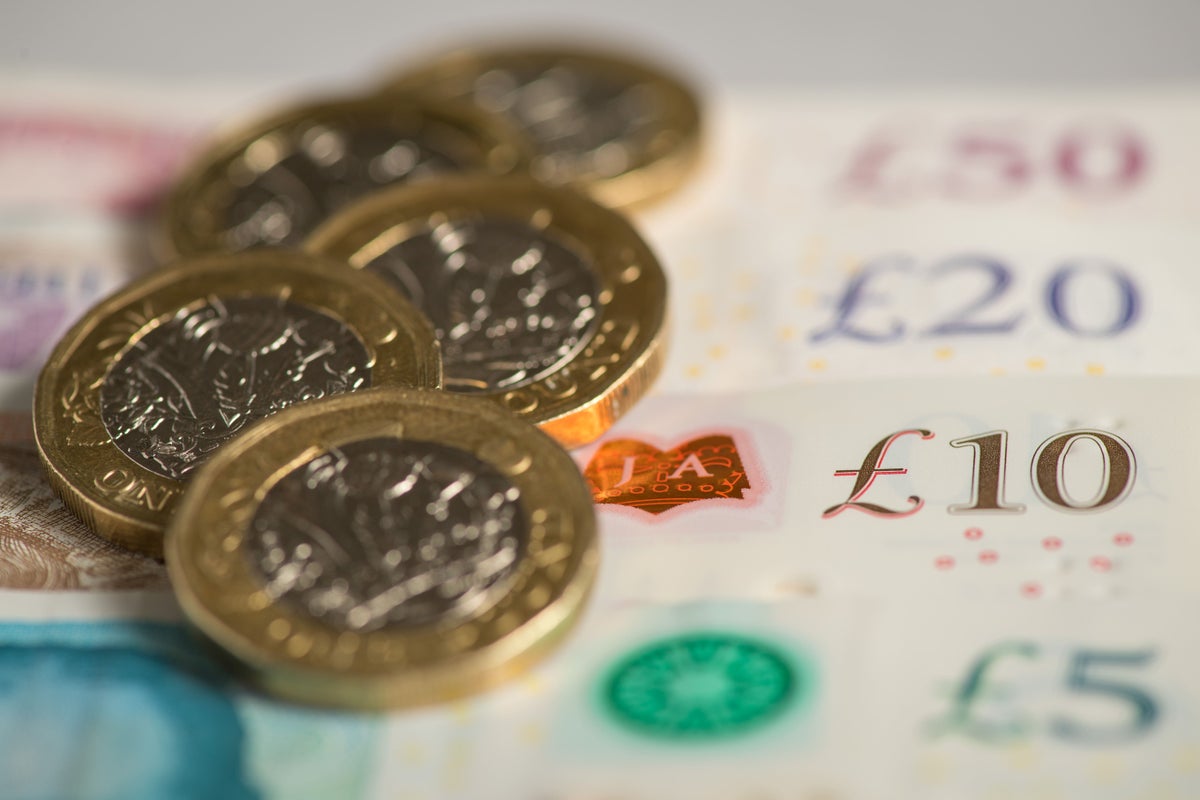
The UK received a rare flurry of positive economic news in mid-August when the Office for National Statistics announced that wage increases had gone up at a record rate, that inflation had fallen to 6.8 per cent and that food prices had begun to climb down.
While those might have suggested the cost of living was finally easing, the positivity masked the fact that core inflation – which removes volatile food and energy prices from the equation – remained stubbornly unchanged at 6.9 per cent, leading some experts to warn that any gains would be “swallowed up” by higher borrowing costs.
With inflation still well north of its 2 per cent target, the Bank of England looks all but certain to implement a further interest rate rise when its Monetary Policy Committee next meets in September in a bid to tame it.
That is likely to take the current 5.25 per cent base rate up to 5.5 per cent, a further unwelcome development for many already struggling with mortgage payments, particularly those with tracker or standard variable rate mortgages that follow the central bank’s lead.
“Most people haven’t yet felt the interest rate squeeze in full, and it’s only when historic fixed rates roll off that we’ll really know the full extent of the economic pain rate rises have inflicted,” Wealth Club investment manager Nicholas Hyett has warned. “We’re not out of the woods yet.”
With that in mind, here is a look at what state financial support is available to households this September.
Support payments
Despite the expiration of Rishi Sunak’s Energy Bill Support Scheme at the end of March (an initiative that handed out £400 in monthly instalments of £66 and £67), millions of households on low incomes will receive further cost of living support from the government this year worth up to £1,350 in total.
Eight million eligible means-tested benefits claimants, including people on universal credit, pension credit and tax credits, will receive the next £300 instalment of the cost of living payments as part of a programme that began this spring, with the money going directly to bank accounts in three tranches, the Department for Work and Pensions (DWP) has said. The payments will total £900 overall.
There will also be a separate £150 payment for more than six million people with disabilities and an extra £300 for over eight million pensioners.
Here are the payment windows that have been announced so far, with more precise dates expected later in the year:
- £301 – First cost of living payment – already issued between 25 April and 17 May (or 2 to 9 May for people on tax credits but no other low-income benefits)
- £150 – Disability payment – between 20 June and 4 July 2023
- £300 – Second cost of living payment – during autumn 2023
- £300 – Pensioner payment – during winter 2023/4
- £299 – Third cost of living payment – during spring 2024
Benefits going out as usual
The usual state support in the shape of benefits and pensions payments will also be going out as normal in September, with no bank holidays scheduled to confuse delivery dates.
Anyone expecting to receive any of the following from the DWP can expect their money on the usual date this month.
- Universal credit
- State pension
- Pension credit
- Disability living allowance
- Personal independence payment
- Attendance allowance
- Carer’s allowance
- Employment support allowance
- Income support
- Jobseeker’s allowance
For more information on how and when state benefits are paid, please visit the government’s website.
Energy Price Guarantee expired as cap lowered
The belated improvement in the weather we can expect in September might not be comfortable for everyone but it will at least greatly reduce the need for having the central heating switched on, which proved such an expense over the course of the winter just gone.
The government’s Energy Price Guarantee (EPG) – introduced by short-lived prime minister Liz Truss a year ago to ensure households paid no more than £2,500 for their electricity and gas, with the government subsidising the remainder owed to providers under Ofgem’s Energy Price Cap (EPC) – was extended by chancellor Jeremy Hunt in his Budget of 15 March for a further three months.
Mr Hunt had reportedly been tempted to increase the EPG to £3,000, a considerably less generous offer that would have eased the burden on the state, but ultimately thought better of it, extending the guarantee into April, May and June.
Now that the EPG has finally expired, consumers will once more be paying the EPC rate, which Ofgem set at £2,074 for the third quarter beginning 1 July, a huge fall from the £3,280 it was set at during the second quarter, from which households were shielded by the intervention of the government’s overriding guarantee.
That 17 per cent decrease reflects recent drops in wholesale energy prices – the amount energy firms pay for electricity and gas before supplying it to households – and, although it is a significant drop from the eye-watering rates of the last two years, the figure remains more than £1,000 a year above pre-pandemic levels.
As for what might happen next, consultancy firm Cornwall Insight predicts that July’s fall will be followed by another drop in October, when it expects the typical annual bill to be £1,860.66.
Unfortunately, it believes the typical bill will then rise again in January 2024 to £1,958.81 and Cornwall does not expect energy prices to return to pre-Covid levels before the end of the decade at the earliest.
It has also warned customers that prices remain subject to wholesale market volatility, with the UK’s reliance on energy imports meaning that geopolitical incidents like the war in Ukraine could continue to have a detrimental impact.







